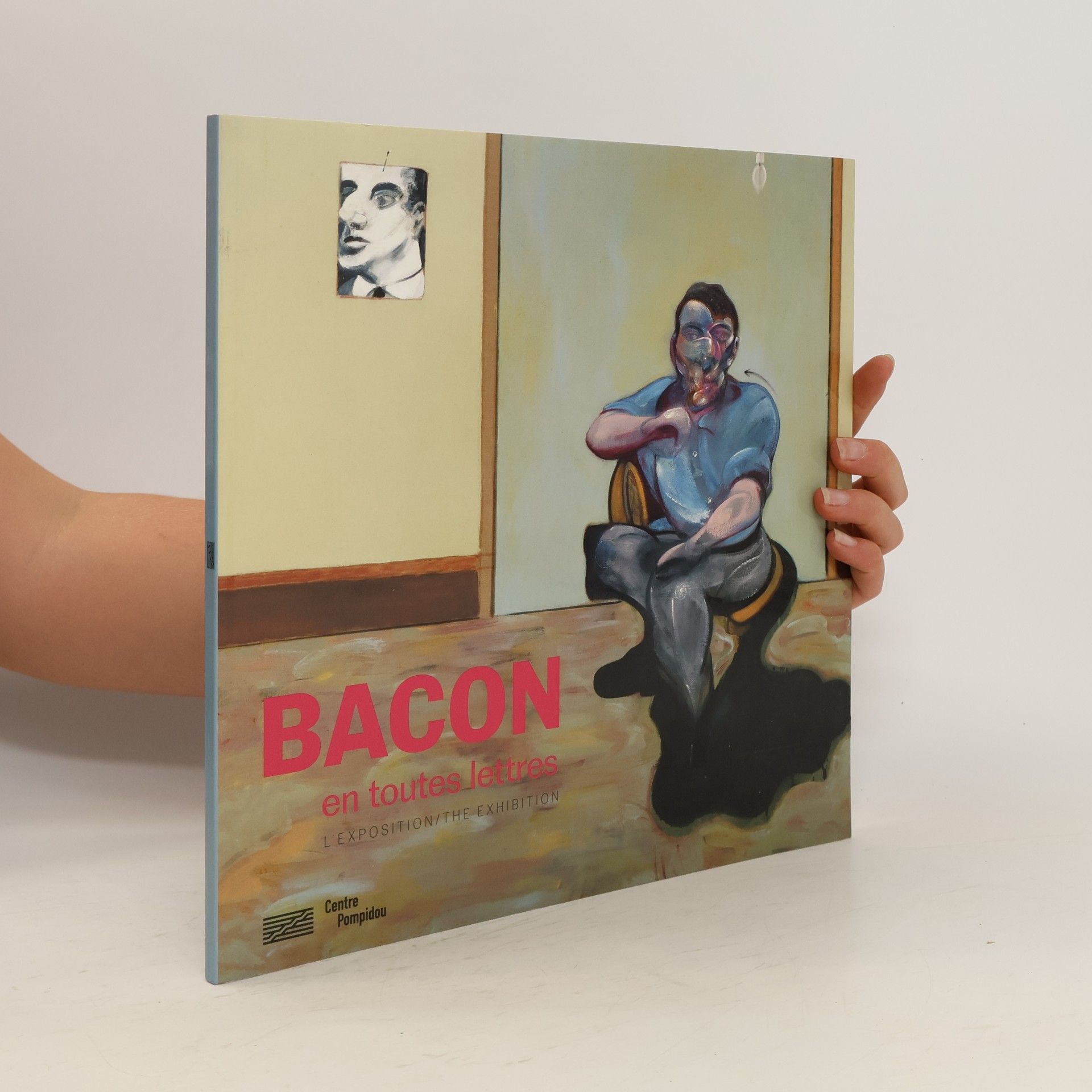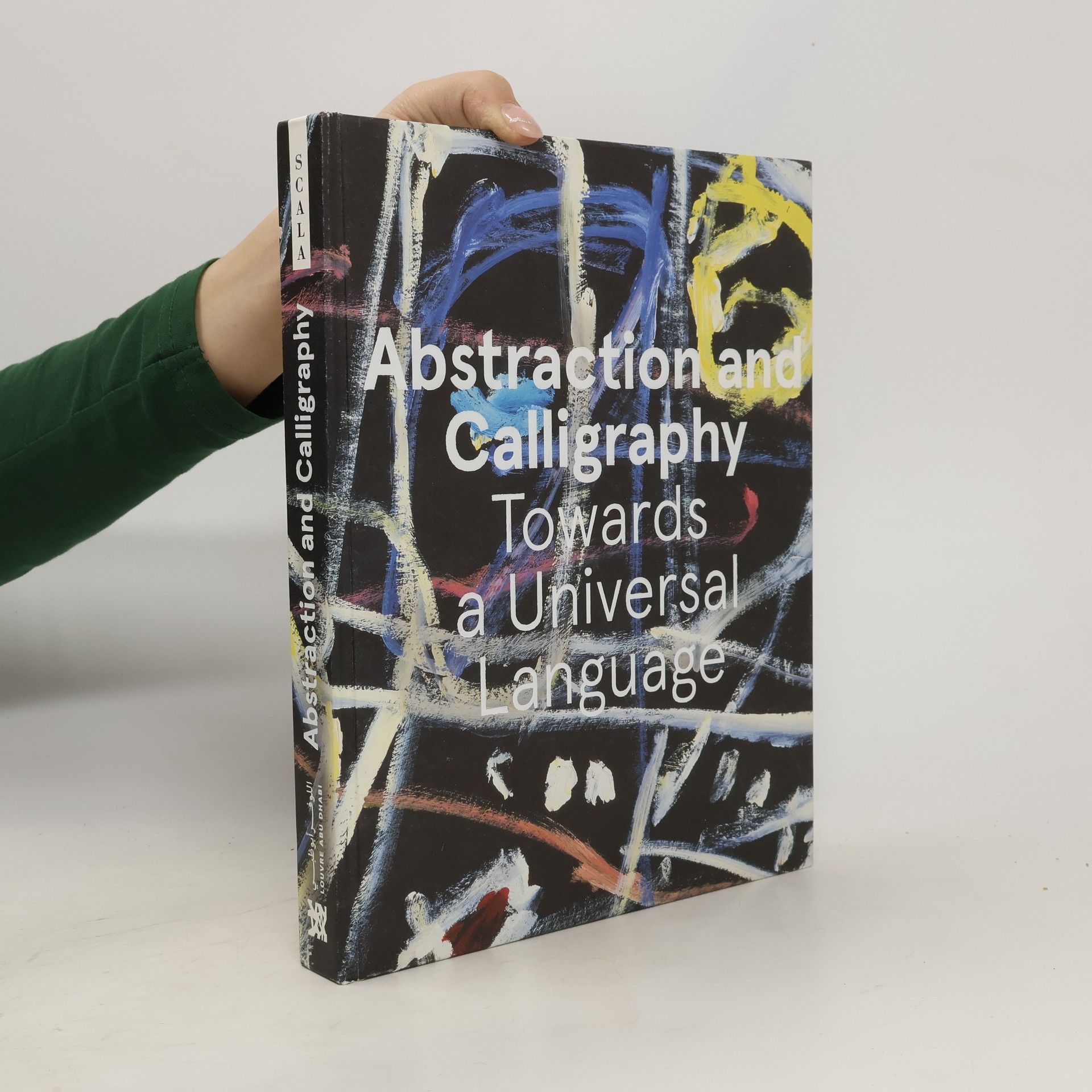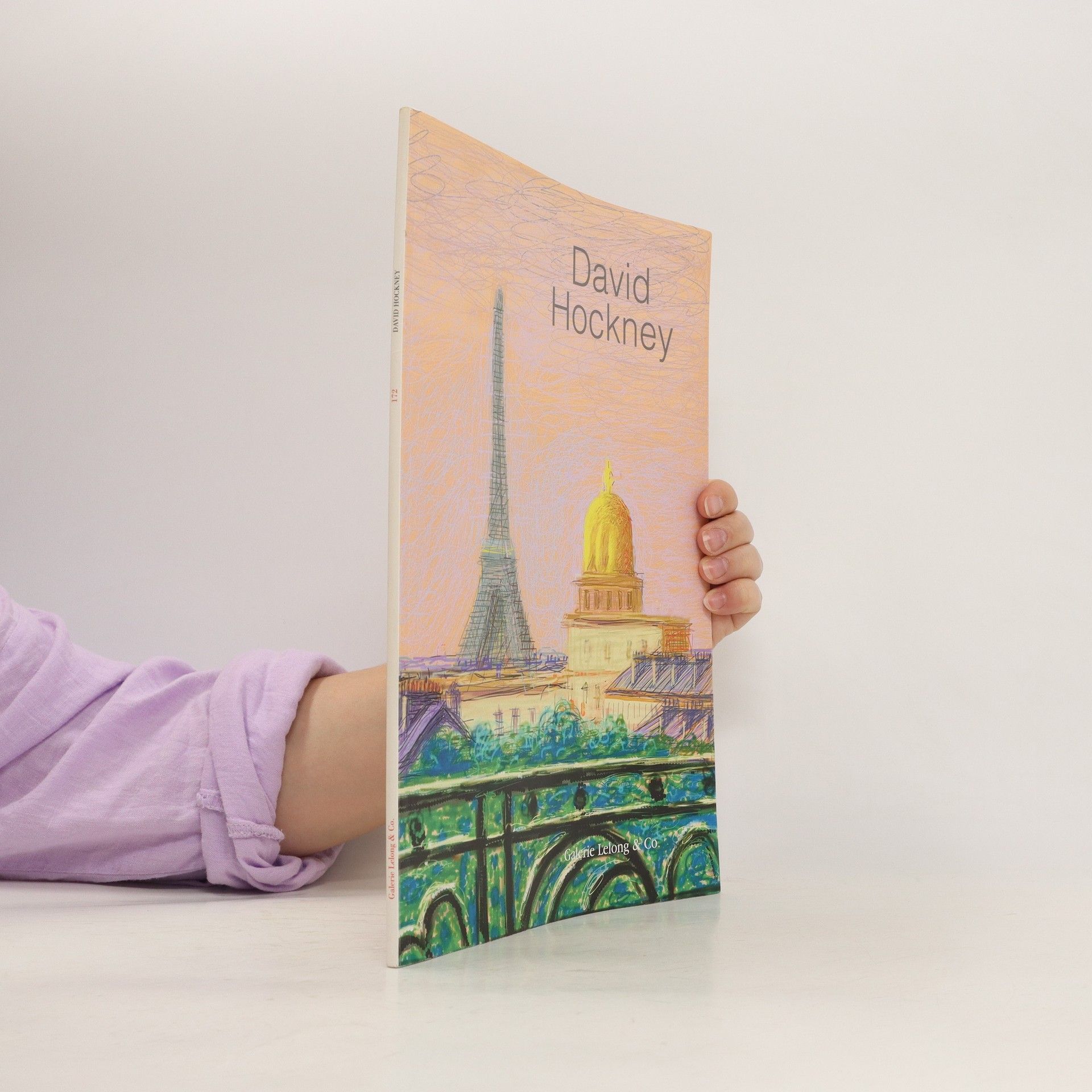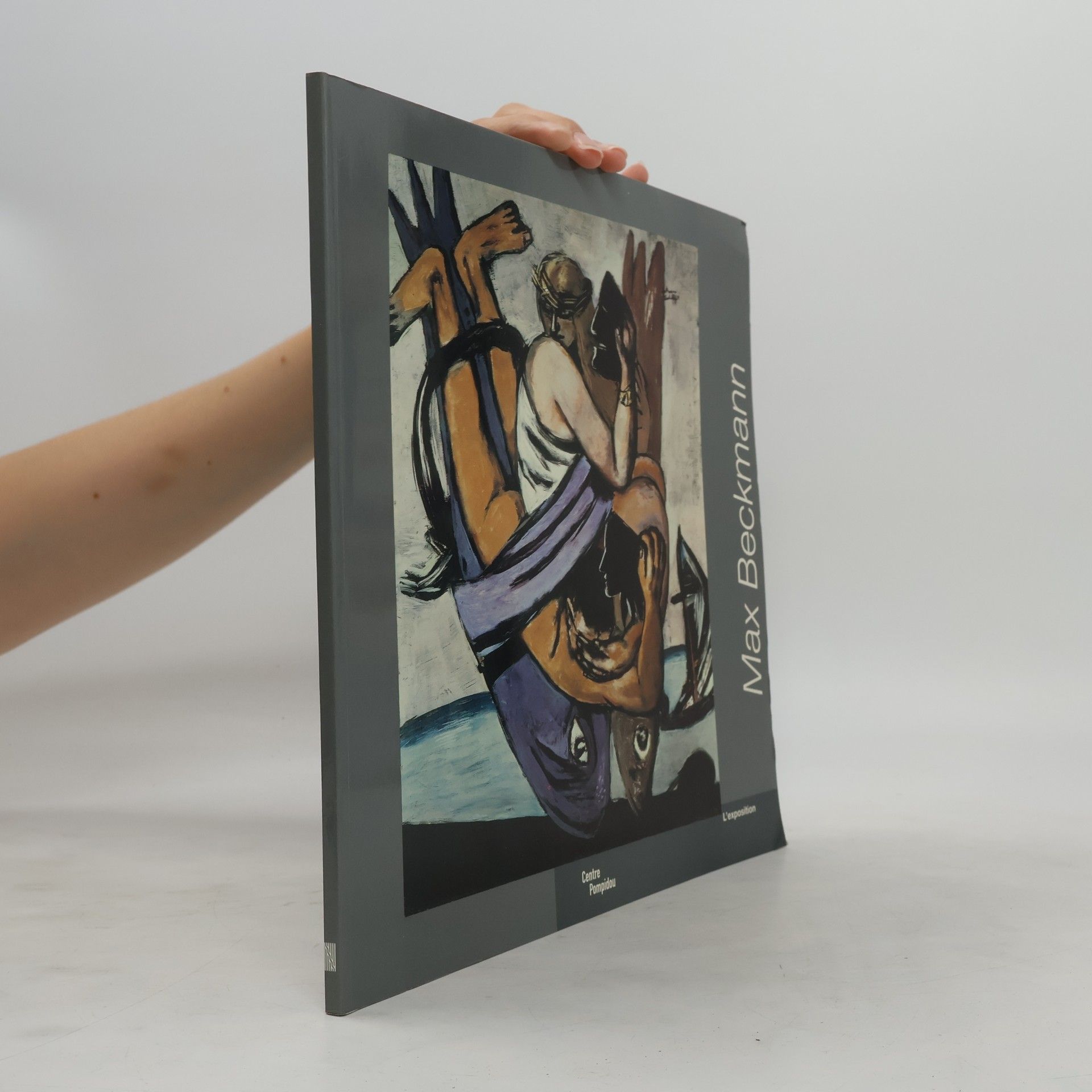George Condo’s unconventional paintings are illuminated in context with his vast range of artistic influences—from Tiepolo to Picasso to Basquiat, and from psychedelic to new wave. George Condo is renowned for his eclectic mix of artistic influences—from the Old Masters to cubism to pop art. The artist who coined the term “artificial realism” blends imagery and styles from various movements in works that critique contemporary Western culture and its excesses. His paintings and sculptures feature Humanoids—figures that are metaphors of our humanity, magnifying our emotions and revealing our high and low points. For the first time in his own words, Condo reveals the genesis and significance of his distorted creations and unveils previously unseen paintings created during the pandemic and the political turmoil in the United States. Didier Ottinger examines the career, influences, and works of this unconventional artist who is at once rewriting the history of art and caricaturing the immoderation of the modern world. An exhibition of Condo’s Humanoids at the Nouveau Musée National de Monaco opens nearly a quarter century after he created set and costume designs for Les Ballets de Monte-Carlo.
Didier Ottinger Book order






- 2023
- 2021
Abstraction and Calligraphy
- 230 pages
- 9 hours of reading
• Ground-breaking analysis of the dynamic between developments in modern Western art and calligraphic traditions in the Near East and Asia going back over 1,000 years• Includes contributions from a distinguished range of experts from the Louvre Abu Dhabi and the Centre Pompidou• Features works by many of the greatest names in modern Western art, including Kandinsky, Klee, Matisse, Miró, Pollock and Twombly• Published to accompany an important collaboration between Louvre Abu Dhabi and the Centre Georges Pompidou, ParisThe Louvre Abu Dhabi's exciting exhibition program explores the enduring dialog between Eastern and Western artistic expression. Abstraction and Calligraphy brings together a rich array of works, from 10th-century ceramics from Samarkand to paintings and drawings by Kandinsky, Matisse, Miró, Twombly and other modern masters. The ways in which these artists respond to Eastern calligraphic traditions enriches our understanding of the dynamic between modern art in the West and long-established forms from Asia and the Near East.
- 2020
Jean Helion
- 216 pages
- 8 hours of reading
The book serves as a catalog for an exhibition held at the Centre Georges Pompidou in Paris, showcasing a collection of artworks from December 2004 to March 2005. It highlights the exhibition's subsequent displays at the Museu Picasso in Barcelona and the National Academy Museum in New York. The catalog captures the essence of the artworks featured, providing insights into the themes and artistic significance presented during these events.
- 2019
Bacon en toutes lettres
- 60 pages
- 3 hours of reading
- 2019
A radically new perspective on Francis Bacon’s art, analyzing the ways in which literature inspired the artist’s work. Published to accompany a major Francis Bacon retrospective in Paris, which will travel to the Fine Arts Museum, Houston, Francis Bacon analyzes Bacon’s works from 1971 onward in light of his relationship to literature. Bacon always vigorously opposed overanalysis of his paintings, preferring to interpret them in purely illustrative or symbolic terms; he admitted, however, that literature was a powerful stimulus to his imagination. The artist was inspired by the images conjured up by certain texts: Aeschylus’s phrase “the reek of human blood smiles out at me” particularly haunted Bacon, while his 1978 work Painting refers to T. S. Eliot’s seminal poem The Waste Land. An inventory of Bacon’s personal library has identified more than 1,300 books, ranging from Georges Bataille and Joseph Conrad to Friedrich Nietzsche and Michel Leiris. Including twelve of Bacon’s renowned triptychs, this lavish publication features eleven gatefolds and some sixty paintings created by Bacon between 1971 and his death in 1992. Reproduced here with analyses of Bacon’s paintings in the light of some of his most admired authors, these specially commissioned texts reveal new ways of understanding some of the most powerful works in the modern canon.
- 2018
David Hockney
- 47 pages
- 2 hours of reading
- 2017
Im Fokus dieses wunderbar bebilderten Essaybandes stehen fünf scheinbar vertraute Motive, die sich durch Magrittes gesamtes Werk ziehen: Feuer, Schatten, Vorhänge, Wörter und der fragmentierte Körper. Anhand von ausgesuchten Abbildungen von über 100 Werken des Belgiers sowie klugen Essays werden dem Leser anschaulich und detailreich dessen ebenso realistischer wie täuschender Umgang mit diesen Motiven erläutert. Magrittes gezielt verzerrende Lesart hergebrachter Symbole der Kunst wird ebenso beleuchtet wie der Einsatz von Wort und Schrift in vielen seiner Werke – oder die Verwendung von Themen und Versatzstücken aus der Welt des Theaters. Neben der Vereinnahmung der Bilder des bekannten Surrealisten durch die moderne Konsumwelt – gegen die seine Kunst ursprünglich gerichtet war – richtet diese bemerkenswerte neue Monographie ihren Blick auf eine Künstlerpersönlichkeit, die über ein wahrhaft ungeheures Talent zur Täuschung verfügte, gepaart mit einem messerscharfen Verstand!
- 2013
In seiner kompakten Einführung analysiert der Kunsthistoriker D. Ottinger das Werk Edward Hoppers von den ersten Bildern und Illustrationen bis hin zum reifen Alterswerk. Er spürt den Wurzeln und Einflüssen nach und bemerkt, wie sich in Hoppers Werk eine "Metamorphose" vollzieht. Neben dem bevorzugten Thema des einsamen Menschen lassen sich auch die Sujets des Lichts und der heliotropen Figuren feststellen. Wer Hopper verstehen will, muss auch den kulturellen und historischen Hintergrund mit einbeziehen: den Beginn der modernen amerikanischen Malerei am Anfang des 20. Jahrhunderts, die Suche des Landes nach einer nationalen kulturellen Identität, die wuchernden Städte. Ottinger sieht Hopper als einen von künstlerischen Strömungen unabhängigen Maler, der ein Amerika ohne Glanz und Glamour malt. Die Biografie enthält neben vielen Illustrationen auch einige Briefe und Texte Hoppers. Dazu Dokumente zur Rezeptionsgeschichte und Hoppers ästhetischem Einfluss auf Film und Kino. Mit Biblio- und Filmografie, Index. Zu Hoppers Werk siehe auch Edward Hopper: "Gemälde & Ledger Book-Zeichnungen" (ID-G 33/12). (2) StO Kunst klein
- 2012
- 2002
Max Beckmann
- 60 pages
- 3 hours of reading
Parcours en images de l'exposition présentée au Centre G.-Pompidou, qui illustre les temps forts de l'oeuvre de M. Beckmann. Quelques citations et une courte biographie complètent l'album.



